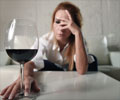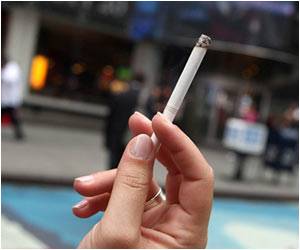The AMA is calling for stronger policies to curb dangerous excess alcohol consumption.
As Schoolies Week and alcohol combine to produce tragic headlines about death and injury to young people and reports of antisocial behaviour by drunken teenagers, the AMA is calling for stronger policies to curb dangerous excess alcohol consumption.
AMA President, Dr Rosanna Capolingua, said today that irresponsible alcohol consumption causes harm across all age groups in the community, but the senseless loss of young lives through alcohol abuse must be stopped as a priority.“Alcohol abuse by young people, highlighted by the culture of binge drinking, is harming the health of thousands of Australians every year,” Dr Capolingua said.
Alcohol is second only to tobacco as a preventable cause of drug-related death and hospitalisations in Australia.
The National Health and Medical Research Council (NHMRC) reports that alcohol abuse costs Australia $15.3 billion a year through alcohol-related crime and violence, treatment costs, loss of productivity, and premature death.
According to the NHMRC, alcohol accounts for 13 per cent of all deaths among 14-17 year old Australians. The NHMRC estimates that one Australian teenager dies and more than 60 are hospitalised each week from alcohol-related causes.
“The binge drinking culture is alive and well in Australia and urgent action is needed to re-educate Australians about safe levels of alcohol consumption,” Dr Capolingua said.
Advertisement
“There is a disturbing acceptance, or even celebration, of excess drinking in Australia. Many people view it as a national pastime to be proud of.
Advertisement
“We have to seriously question a society where young adults start their evening by getting drunk at home so they can enjoy their night out more.
“The drunken public behaviour of role models and celebrities, such as sporting heroes, is just helping to glamorise binge drinking in the eyes of Australians.
“People simply aren’t aware of the tragic consequences of binge drinking.
“Many people just think about their hangover the next morning, and don’t consider the long-term effects like brain damage or heart disease, let alone the immediate danger they may put themselves in while they are intoxicated.”
A study by Alcohol Related Brain Injury Australian Services indicates that two million Australians, or one in eight adults, are at risk of permanent brain damage from alcohol.
At the same time, patterns of alcohol consumption have changed to reflect new products, with a doubling since 2001 in the proportion of teenagers consuming pre-mixed spirits.
Dr Capolingua said while initiatives such as the new NHMRC alcohol guidelines were helping to raise awareness of safe drinking, many public education campaigns were not effective in encouraging people to moderate their drinking.
“Alcohol education campaigns often focus on the number of standard drinks and this doesn’t always make sense to people,” Dr Capolingua said.
“People often think of the amount of alcohol they’ve consumed in terms of how many glasses they’ve had, how long they have been drinking, or how drunk they feel. It can be difficult in a social situation to judge what a standard drink is.
“This inconsistency in the way we refer to safe drinking levels makes it difficult to raise public awareness about alcohol-related harm.
“The harmful effects of alcohol abuse, including binge drinking, impact not just on the drinker, but on friends and family, the workplace, the wider community, and the health system.
“We need national public awareness campaigns that clearly and simply show the dangers of alcohol abuse, and which use language that people can easily understand.”
The AMA is committed to achieving a reduction in the incidence of hazardous and harmful levels of alcohol consumption and is calling for:
· a partnership between the Government, industry, and community representatives to mobilise public opinion to recognise that hazardous alcohol consumption is socially unacceptable,
· increased taxes that directly reflect the total volume of alcohol in products to encourage a shift to consumption of products containing less alcohol,
· standard alcohol drink labelling that includes information on the health and social risk associated with excess consumption and which is displayed in a prominent position on all alcohol containers and is easily understood by the consumer,
· all advertisements for alcoholic beverages to encourage no more than the NHMRC-recommended levels of alcohol consumption, and to raise awareness about hazardous levels of consumption,
· stricter controls to curb the marketing of products like ‘alcopops’ (sweetened ready-to-drink alcoholic beverages) to teenagers, and
· effective, wide-reaching public education campaigns highlighting the risks associated with binge drinking and based on appropriate consultation and engagement with the key target audience groups.
Source-AMA
SRM/P











